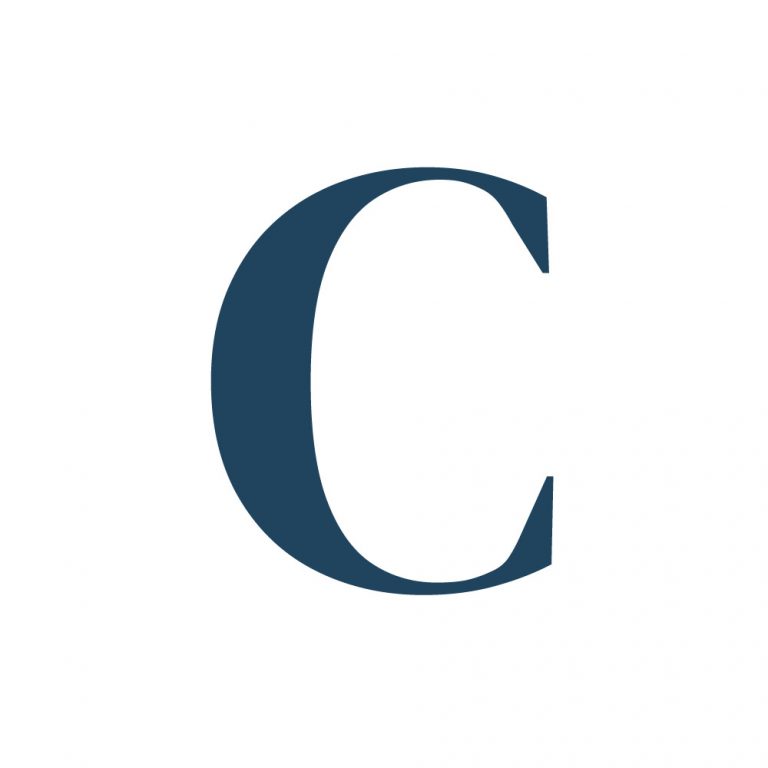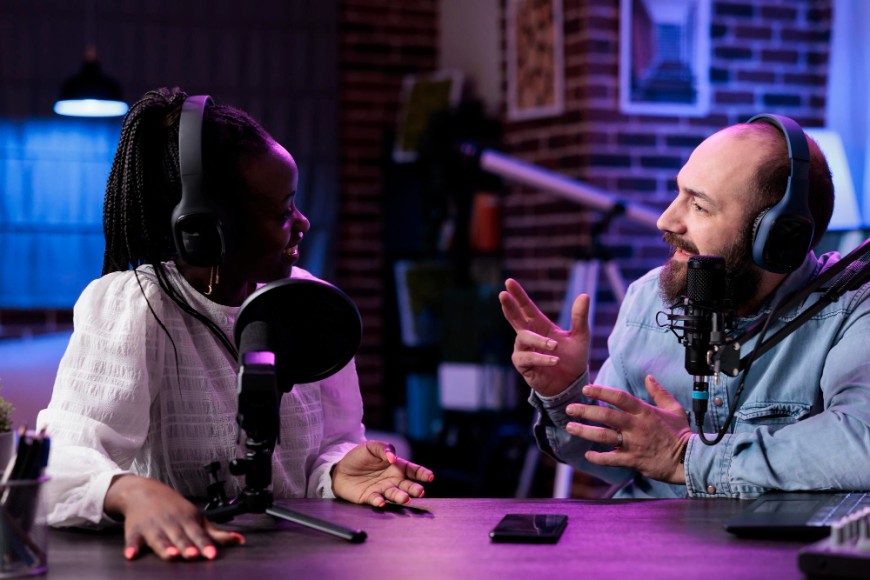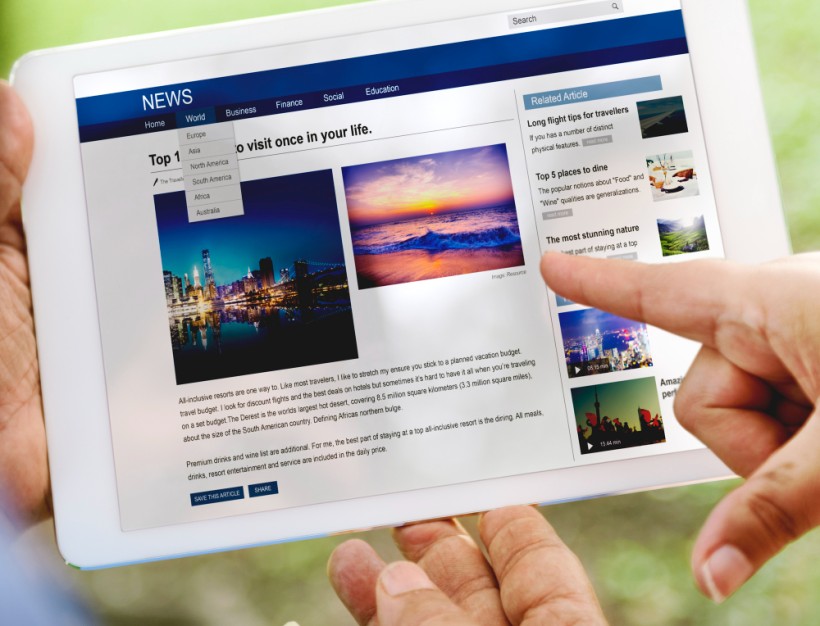As a software engineer, your headline is one of the most visible parts of your LinkedIn profile. It appears in search results, comments, connection invites, and messages. LinkedIn’s algorithm also uses it to determine how and when you show up in search. (LinkedIn SEO is a thing).
For software engineers, this means your headline is prime real estate for including keywords like “backend”, “Python”, or “React” that recruiters are actively searching for.
A generic or vague headline means fewer impressions and lost opportunities. A clear, keyword-rich headline can increase profile views, boost credibility, and help you attract the right roles.
What makes a good LinkedIn headline
The best headlines are specific, relevant, and easy to understand. Instead of just “Engineer” or “Software Developer,” add context: what stack you work with, what you specialize in, and what kind of impact you create.
Include relevant keywords for searchability but keep it human-readable. A strong headline strikes a balance between professional clarity and personal relevance.
Examples:
- Backend Engineer | Node.js + AWS | Building scalable systems
- Software Engineer | React, TypeScript | Focused on DX & frontend architecture
- Full-Stack Developer | Python + React | Interested in climate tech
These examples work because they combine role, tech stack, and a hint of personality or mission. Keep it short—220 characters max—but make every word count.
Common mistakes to avoid
Avoid vague descriptors like “Engineer” or “Tech Enthusiast.” They lack clarity and don’t tell people what you do. Avoid buzzwords like “ninja,” “rockstar,” or “guru” as well—they’re not searchable and don’t build trust.
Don’t keyword-stuff with a long list of technologies; it looks desperate and unreadable. Also, don’t omit your main stack—many engineers forget to mention the exact tools they use.
Your headline should be focused, keyword-optimized, and relevant to your current goals. If you’re switching fields, reflect the new direction while still referencing transferable skills. Don’t try to be clever at the cost of clarity.
LinkedIn headline templates for software engineers
Use these proven templates to craft your own:
Template 1:
[Role] | [Core tech stack] | [Optional focus or value]
Example: Software Engineer | React + Node.js | Building user-first SaaS apps
Template 2:
[Current job title] @ [Company] | [Tech stack or impact area]
Example: Backend Engineer @ Stripe | Ruby, PostgreSQL | Scaling APIs
Template 3:
[Tech stack] Developer | [What you build or care about]
Example: Python Developer | Data pipelines for health tech
Template 4:
[Role] | [Certifications or tools] | [Mission statement]
Example: Full-Stack Engineer | AWS Certified | Building for climate impact
Mix and match structure and tone to find what suits your voice and purpose.
Tailoring your LinkedIn headline for goals
Your headline should reflect your current goal.
- If you’re job seeking: focus on skills, stack, and openness. E.g., “React Developer | Open to frontend roles | Building UIs people love.”
- If you’re freelancing: emphasize your niche and what you offer. E.g., “Freelance Python Engineer | APIs & automation | Helping startups move fast.”
- If you’re employed and building visibility: lean into mission and identity. E.g., “Senior Engineer @ Notion | Building tools for remote teams.”
Adapting your headline helps attract the right attention based on what you want now or next—not just what you’ve done before.
How to test and improve your LinkedIn headline
After updating your headline, monitor your profile views over a week. Use LinkedIn search to check if you appear for relevant terms like “React developer” or “backend engineer.” Test different versions over time and measure impact.
You can also ask peers or mentors for feedback—does your headline clearly say what you do? Is it interesting enough to click?
Finally, make sure it aligns with the rest of your profile. The headline gets people to visit your page, but your About section and experience seal the deal.
Final checklist for your LinkedIn headline
Before you hit save, run through this:
- Does it clearly state your role?
- Are your core technologies included?
- Is it easy to read?
- Does it align with your current goal?
- Is there a hint of personality or mission?
Revisit your headline every few months as your skills or goals evolve.
Final thoughts + next steps
Your headline is your first handshake on LinkedIn. For software engineers, it’s one of the easiest ways to boost discoverability and create opportunities.
Whether you’re actively job hunting, freelancing, or building a long-term presence, your headline should work for you—not against you. Use the templates above, test what resonates, and don’t be afraid to tweak as your path evolves.
But a great headline won’t land you a job by itself. It’s only the first step. The next step is to build a developer LinkedIn presence that attracts recruiters and founders. Or consider technical thought leadership if you’re more senior.
That means showing up consistently—ideally twice a week—with short, helpful posts that show how you think and what you care about. Public writing builds trust. When paired with a clear headline, it makes people want to work with you and even follow you.
Start simple:
- Post about a recent problem you solved
- Discuss a lesson from a code review
- Share a question you’re exploring
Over time, this creates a presence that speaks for you—even when you’re not online.
We shared 24 LinkedIn post ideas for software developers on our blog. Check it out next.
Mo is the founder and CEO of Column, helping leaders shape public opinion through content and research. Connect with him on LinkedIn.





